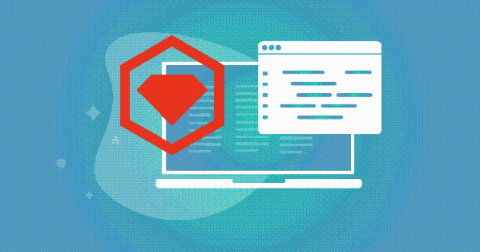Impact Analysis: CVE-2022-29218, Allows Unauthorized Takeover of New Gem Versions via Cache Poisoning
It’s been a bad month for RubyGems vulnerabilities. Critical CVE-2022-29176 was issued May 8, 2022, and another critical CVE-2022-29218 was discovered less than a week later, on May 11. This new vulnerability would allow for a takeover of new versions of some platform-specific gems under certain circumstances.






